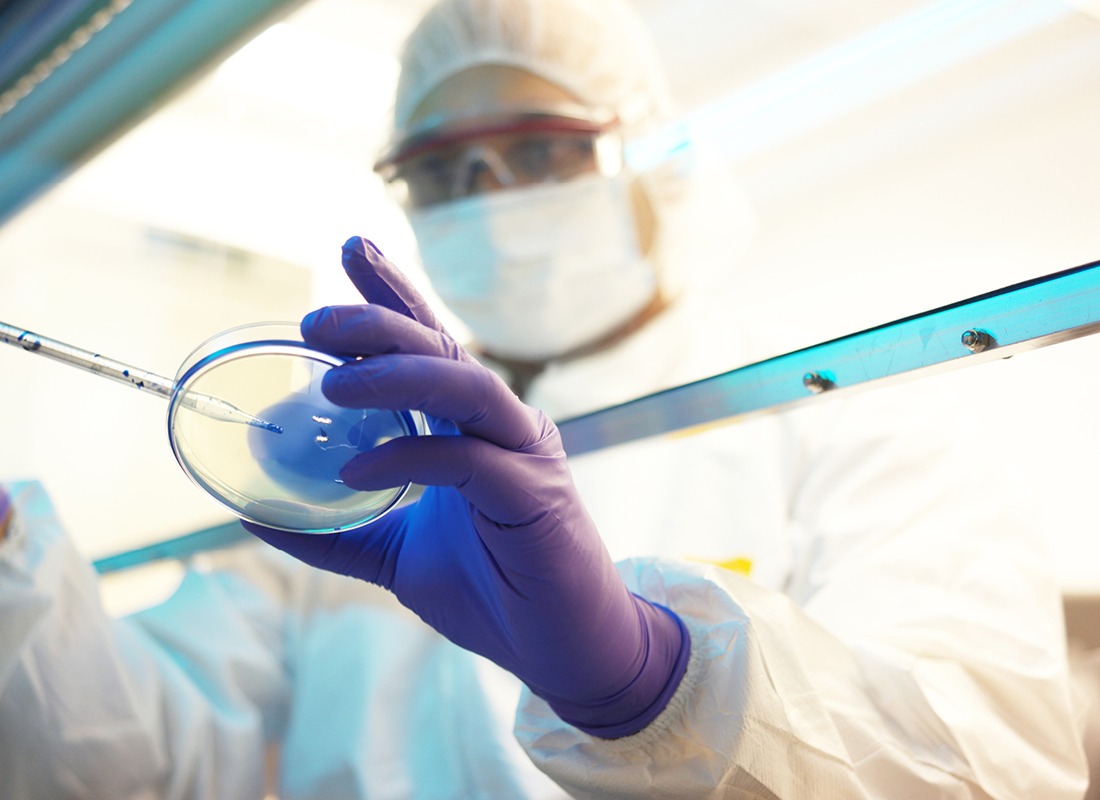Genetic Profiling: Study Casts Doubt on Cost-Effectiveness of Leading Breast Cancer Recurrence Assay
From - Laboratory Industry Report Among the many genetic profiling assays entering the commercial market, few have been more successful than Genomic Heath's Oncotype DX, which is now covered by most of … . . . read more

Among the many genetic profiling assays entering the commercial market, few have been more successful than Genomic Heath’s Oncotype DX, which is now covered by most of the nation’s biggest insurers. But while enough to persuade skeptical insurers, evidence of the test’s cost-effectiveness was amassed largely under ideal research protocols. How cost effective is the test under real-world, clinical settings?
The Study
That is the question a new research study published in the Journal of Clinical Oncology on January 8 sets out to answer. “As with all new technology, it’s important to assess real-world implementation to ensure what we’re offering patients is useful to them and doesn’t add to the societal and patient cost-burden, which is already very high in cancer care,” noted the study’s lead author, Young Chandler, Dr.P.H., of Georgetown University.
The Assay
Oncotype DX examines the activity of 21 genes in breast tumor tissue to predict whether a patient would benefit from chemotherapy based on a risk cancer recurrence score. The test is intended for use in newly diagnosed patients with early-stage (stage I, II or IIIa), estrogen receptor-positive, HER2-negative breast cancer. A high-risk score indicates that chemotherapy is advisable; a low-risk score indicates that the patient can consider skipping chemotherapy.
The Cost-Effectiveness Premise
The actual cost-effectiveness of Oncotype DX is based on two crucial assumptions:
- The risk-test score is accurate; and
- Patients will actually follow the guidelines in making treatment decisions based on their scores.
The Methodology
In previous studies of the test, these assumptions held up. But those studies were conducted under ideal conditions in which all patients received the test. The new study changes the parameters and focuses on individuals actually tested in real-world practice. The researchers created a model to compare 25-year incremental costs and quality-adjusted life-years (QALYs) based on community use of Oncotype DX from 2005 to 2012. Results were compared to usual care in the pretesting era (2000 to 2004).
The Findings
From 2005 to 2012, the testing rate among eligible patients in community practice was 24% percent and chemotherapy use rate was 30%. In community practice, treatment decisions sometimes ran contrary to test findings. Thus 17% to 26% of patients with high-recurrence risk scores did not receive chemotherapy as the guidelines recommended; meanwhile, 8% of patients opted for chemotherapy anyway despite having low risk scores.
The incremental cost-effectiveness ratio of breast cancer management using Oncotype DX testing as observed in community practice versus usual care without testing was $188,125 per QALY ($100,000 per QALY is the usual benchmark for cost effectiveness). The researchers found that under ideal conditions including perfect test accuracy, the cost-effectiveness ratio was $39,496 per QALY, which is more similar to earlier estimates.
However, cost-effectiveness increased under different scenarios, including lower test costs, higher test accuracy, greater adherence to test-suggested treatment and consideration of the benefits of testing on quality of life.
- If Oncotype DX costs declined from $3,416 (the current Medicare reimbursement rate) to $2,657, the incremental cost-effectiveness ratio of community practice vs. usual care decreased to $71,250 per QALY;
- Adherence to test-concordant treatment lowered the cost-effectiveness ratio to $85,490 per QALY;
- When factoring in the effects of worry or reassurance as a result of information on recurrence risk, the incremental cost-effectiveness ratio for testing was $58,431 per QALY.
Genomic Health’s Response
Genomic Health issued a statement to HemOnc Today to respond to the study and point out limitations of the study’s model including the assumption that Kaiser Permanente patient and testing data was representative of all of community practice. The company added, “Cost-effectiveness analyses are very complex and highly sensitive to the assumptions underlying the economic model. To truly understand the economics of diagnostic testing, it is important to look for consistency across multiple economic studies.”
Subscribe to view Essential
Start a Free Trial for immediate access to this article